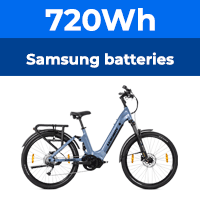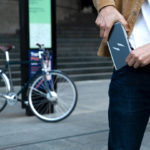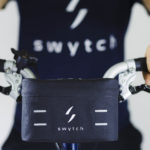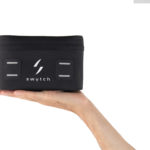Hello All,
I hope that I can get some advice as I was trawling through the internet and did not find any specific information on the subject.
I would like to electrify my Whyte Suffolk 2017. What's the problem?
Well, its drop handlebars and brake levers which cover the gear shifters.
I was thinking about the mid-drive train, Banfang BS02 would suit me well.
However, how would I go about installing the brake levers for motor cut off?
Thank you very much for any advice, much appreciated.
I hope that I can get some advice as I was trawling through the internet and did not find any specific information on the subject.
I would like to electrify my Whyte Suffolk 2017. What's the problem?
Well, its drop handlebars and brake levers which cover the gear shifters.
I was thinking about the mid-drive train, Banfang BS02 would suit me well.
However, how would I go about installing the brake levers for motor cut off?
Thank you very much for any advice, much appreciated.






